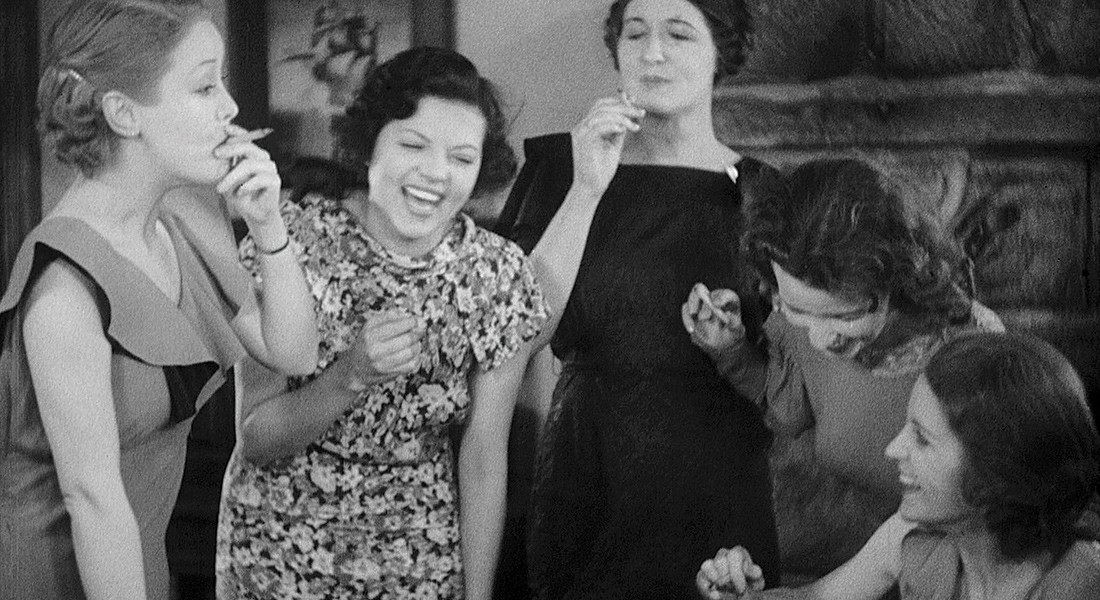Honeysuckle Magazine published my article on the early history of the drug war in the media under their “Honeysuckle Magazine’s Honeypot” imprint:
The media didn’t invent reefer madness or the war on drugs, but it played a vital role in their birth.
If you’ve read classic books like “The Emperor Wears No Clothes,” you might know parts of the story already. After the end of alcohol prohibition, federal agents set their sights on a new form of substance use: drugs, especially psychoactive cannabis. By playing on racist associations with Mexican slang for the plant, “marijuana,” and spreading misinformation about its dangers and effects, these new drug warriors convinced Congress to ban cannabis and launch the modern war on drugs.
And where did the media come in? In many ways, anti-drug articles were the clickbait of their day, known back then as “yellow journalism.” Shocking headlines and lurid stories moved massive quantities of newspapers to concerned Americans, stories the proponents of drug prohibition were more than happy to provide.
The role of the press is very similar today.
“Media has an ability, not just with cannabis but in the political realm and environmental world, to manipulate and control the conversation within the framework they want,” said Annie Rouse, hemp historian.
As we finally begin to undo the seemingly endless harm caused by the war on drugs, the media still plays a vital role: moving the conversation forward to a place of honesty, science, and humanity.
Read more at Honeysuckle Magazine.
A lot of people have heard part of the story about Hearst and Anslinger. I appreciate historians like Annie Rouse who actually take the time to piece together what really happened behind these foundational cannabis myths.
